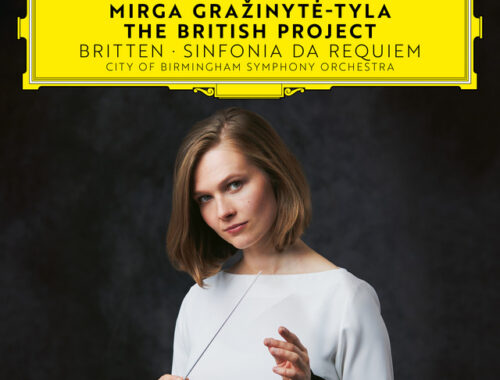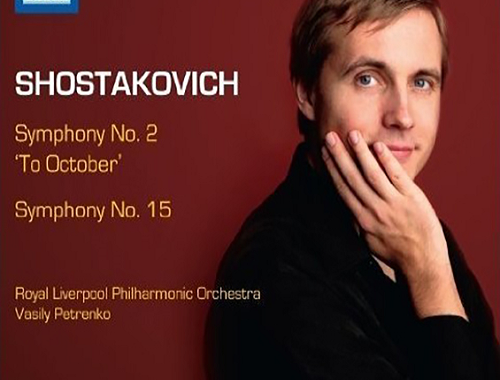Orchestra of the Age of Enlightenment, Zinman, Queen Elizabeth Hall
Some collaborations are just meant to be. Bringing David Zinman and the OAE together made for the best kind of mutuality: Zinman’s acute ear and cleanness of execution; the orchestra’s arresting character. In short, the pristine Zinman delivery dirtied up a little – edgy, dynamic, and in the case of Mendelssohn’s incidental music to A Midsummer Night’s Dream deliciously bucolic.
This familiar quartet of numbers, starting with that perennially magical overture, yielded a succession of tiny revelations. Warbling flutes and their mellow-voiced companions cast the first dappled light over the scene, feathery strings depositing fairy dust over hill and dell only to be rudely interrupted by the stomping mechanicals, bellowing ophicleide making an ass of Bottom. The “Nocturne” brought natural horns in and out of echoey focus, their “stopped” notes creating magic out of necessity. A solo string bass sighed. Rusticity was restored, tone, colour, articulation made entirely new. Enlightenment indeed.
And then for something completely different: the amazing Antony Pay doing a period Benny Goodman on his woody, pre-licorice, clarinet in what can only be described as “a bit of a turn” from Carl Maria von Weber. His Clarinet Concerto No.1 is unashamedly a showcase of virtuosic tricks, the soloist pitted against the swaggering heroics of the orchestra in the manner of a bel canto diva reeling off the roulades and piping top notes like they were going out of fashion. There was one lovely moment where Pay beamed at the witticism of a nifty exchange with his first oboe colleague. But then the diva was no more, Pay was first among equals again, and he retook his first clarinet chair to play Beethoven.
Zinman’s account of the 7th Symphony breezed in on the aerobic rising scales of a string section well-anchored to its bass line. Led by terrifically incisive timpani, the bounding rhythm was sprung on helium heels, hearty horns lending the appropriate euphoria, and there was even a discreetly embellished cadenza from the first oboe. More where that came from caught us unawares in the glorious second movement Allegretto launched attacca before we’d even caught our breath after the first. Perhaps Zinman might have lived even more dangerously tempo-wise in the headlong finale but my goodness the bow hair and rosin dust flew.
You May Also Like

VOCAL HEROES: BARBRA STREISAND
09/04/2024
GRAMOPHONE Review: Britten Sinfonia da Requiem – City of Birmingham Symphony/Gražinytė-Tyla Orchestra
09/12/2020